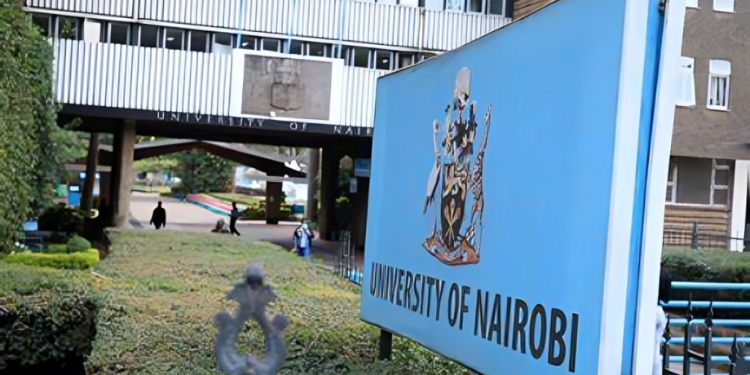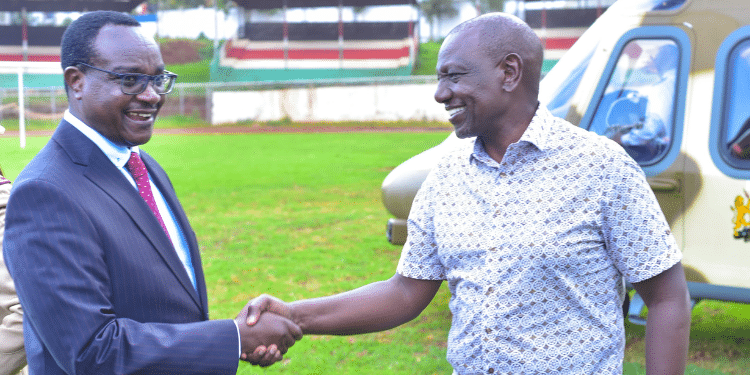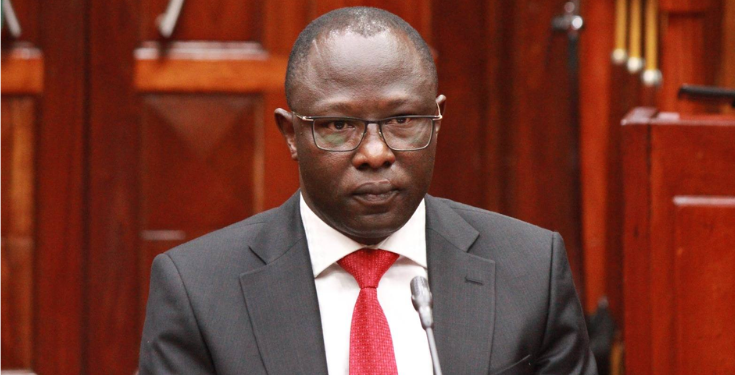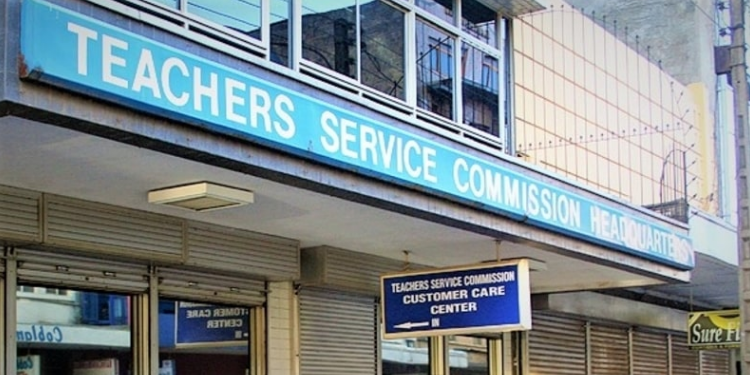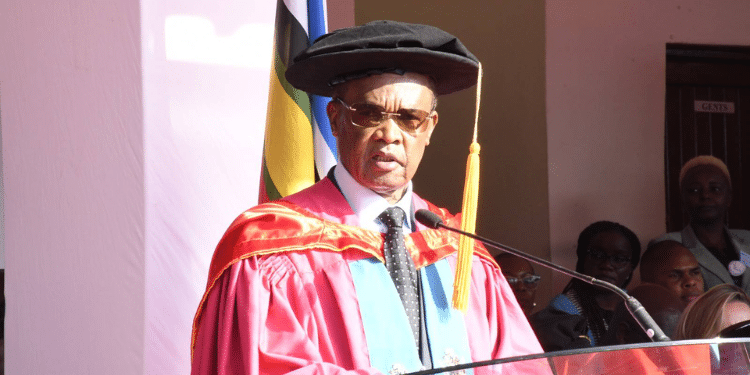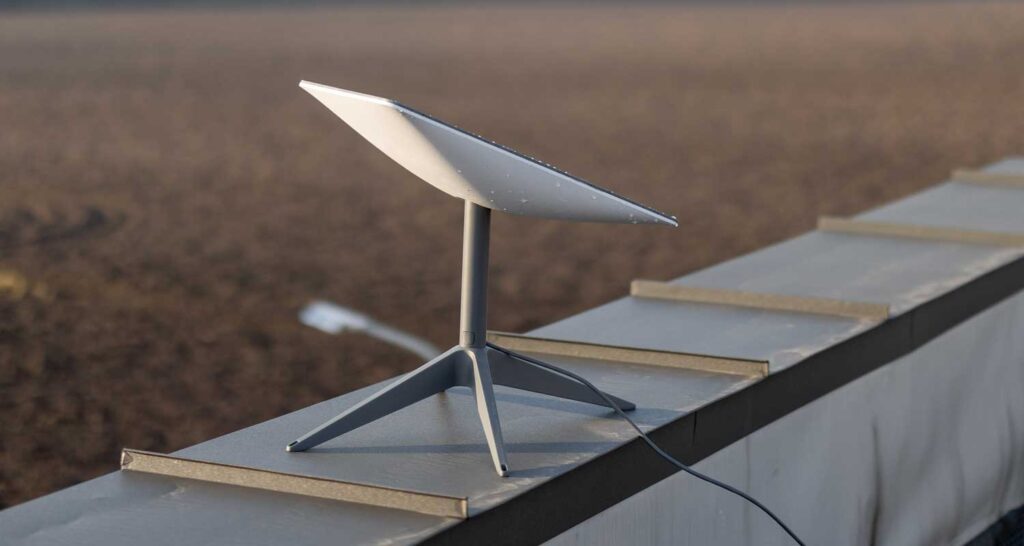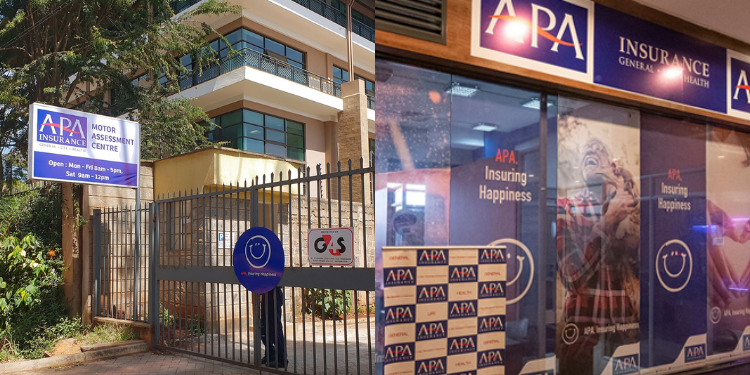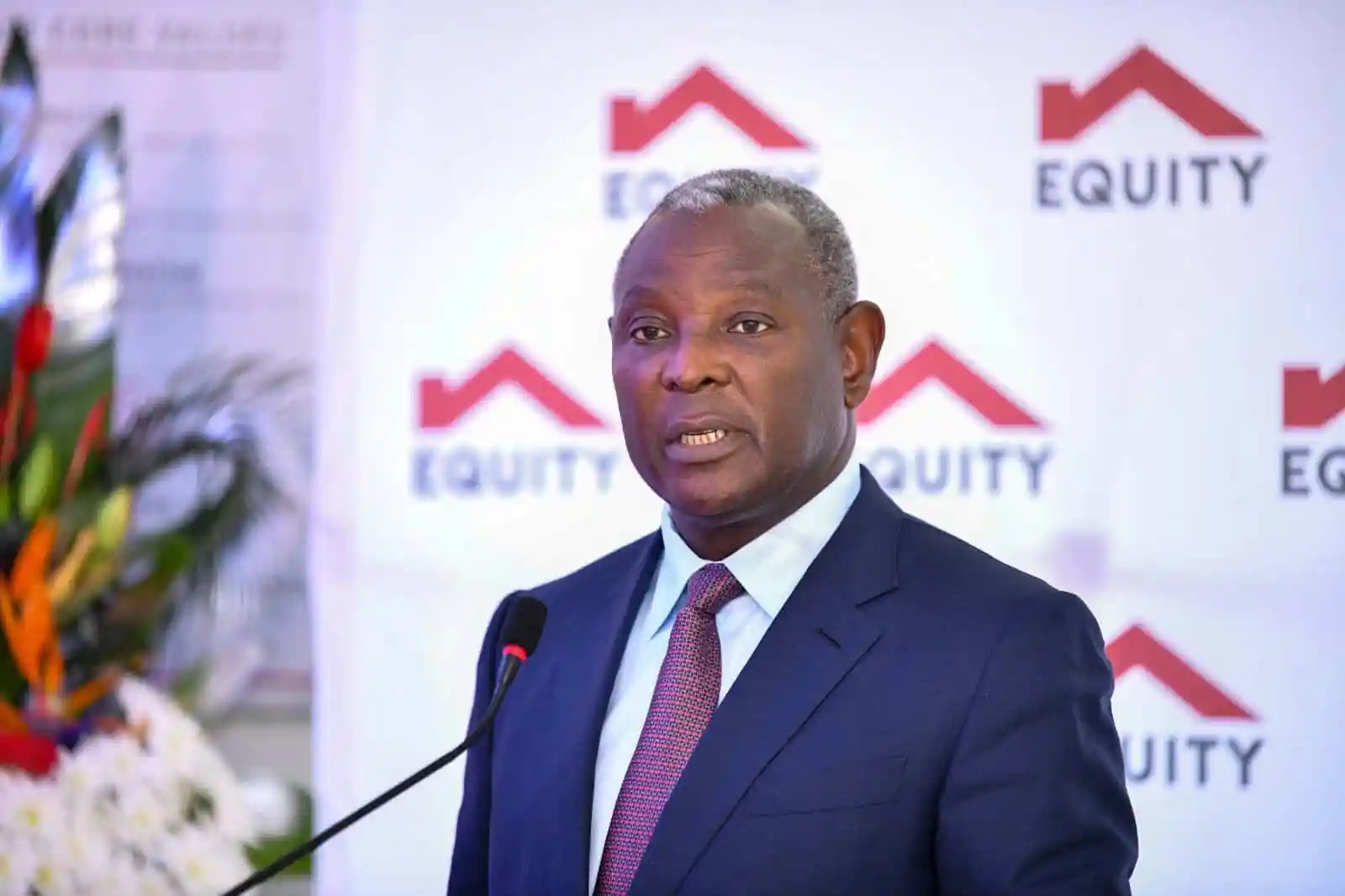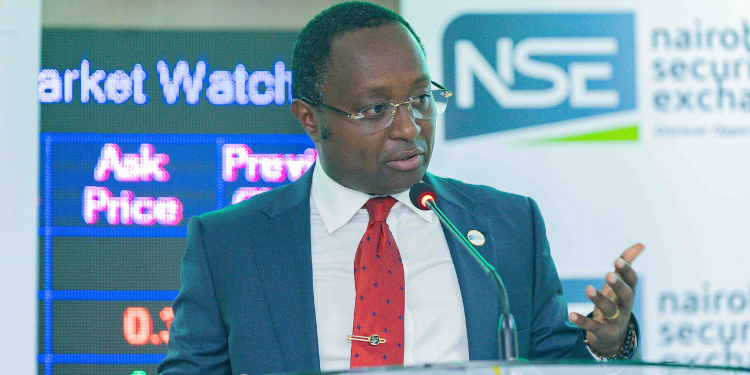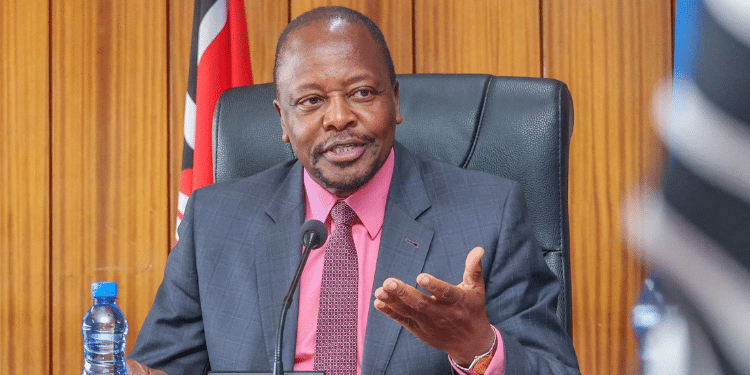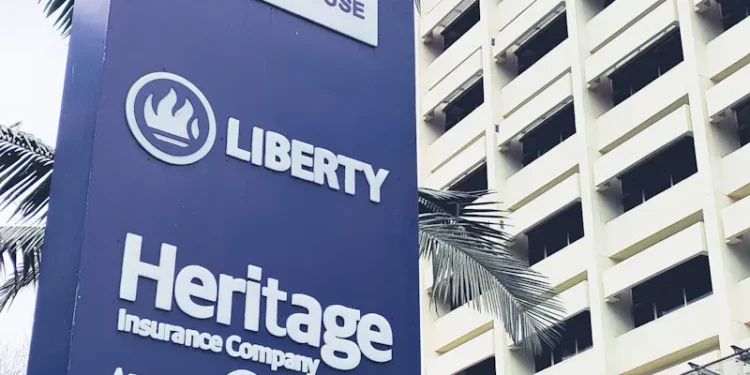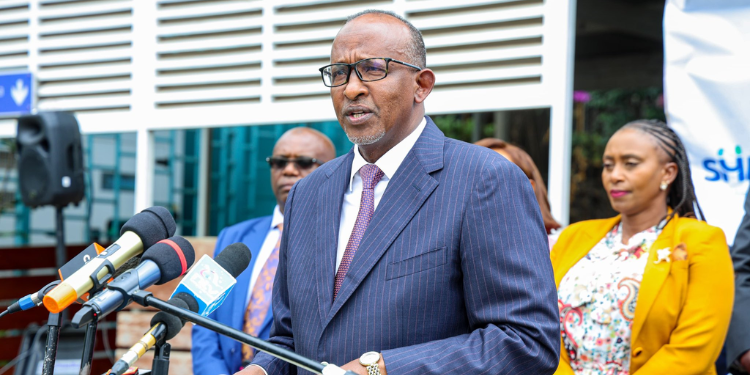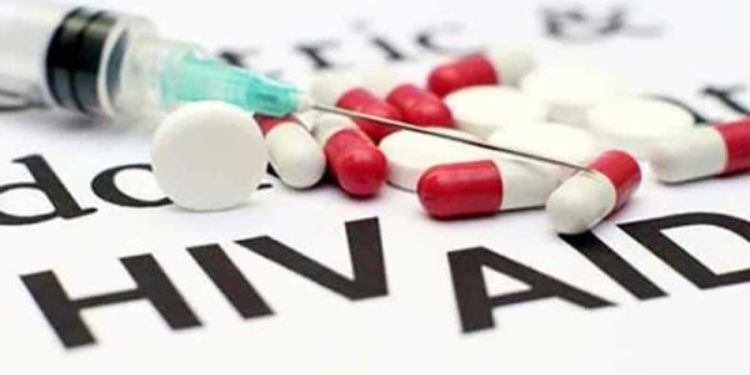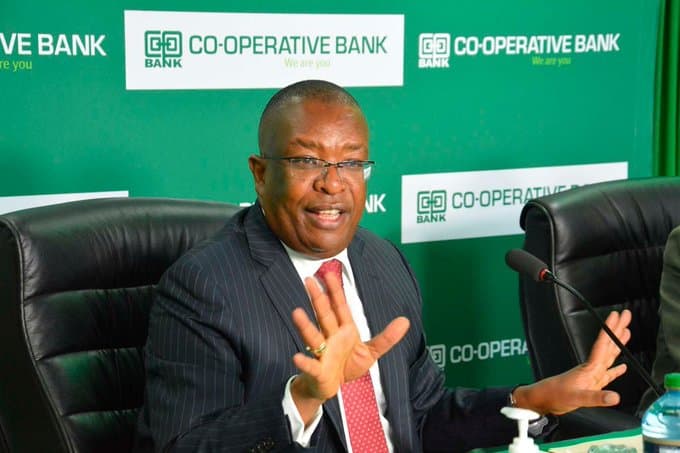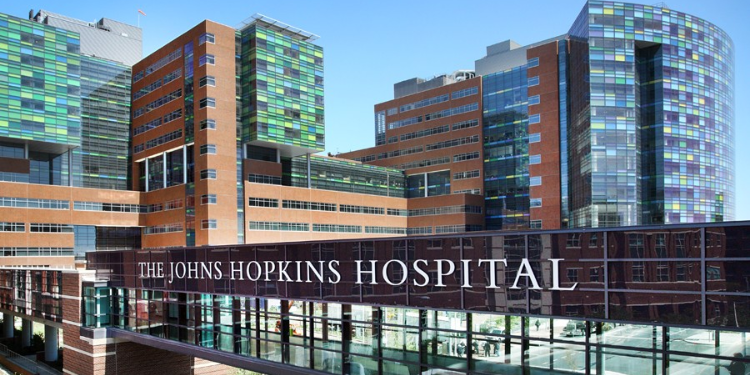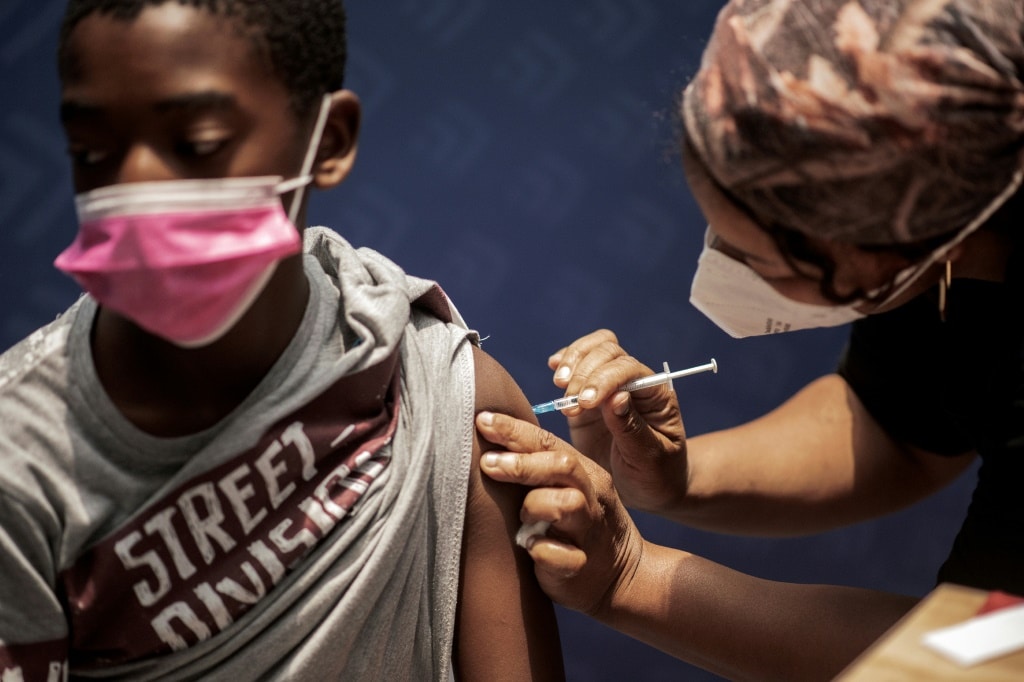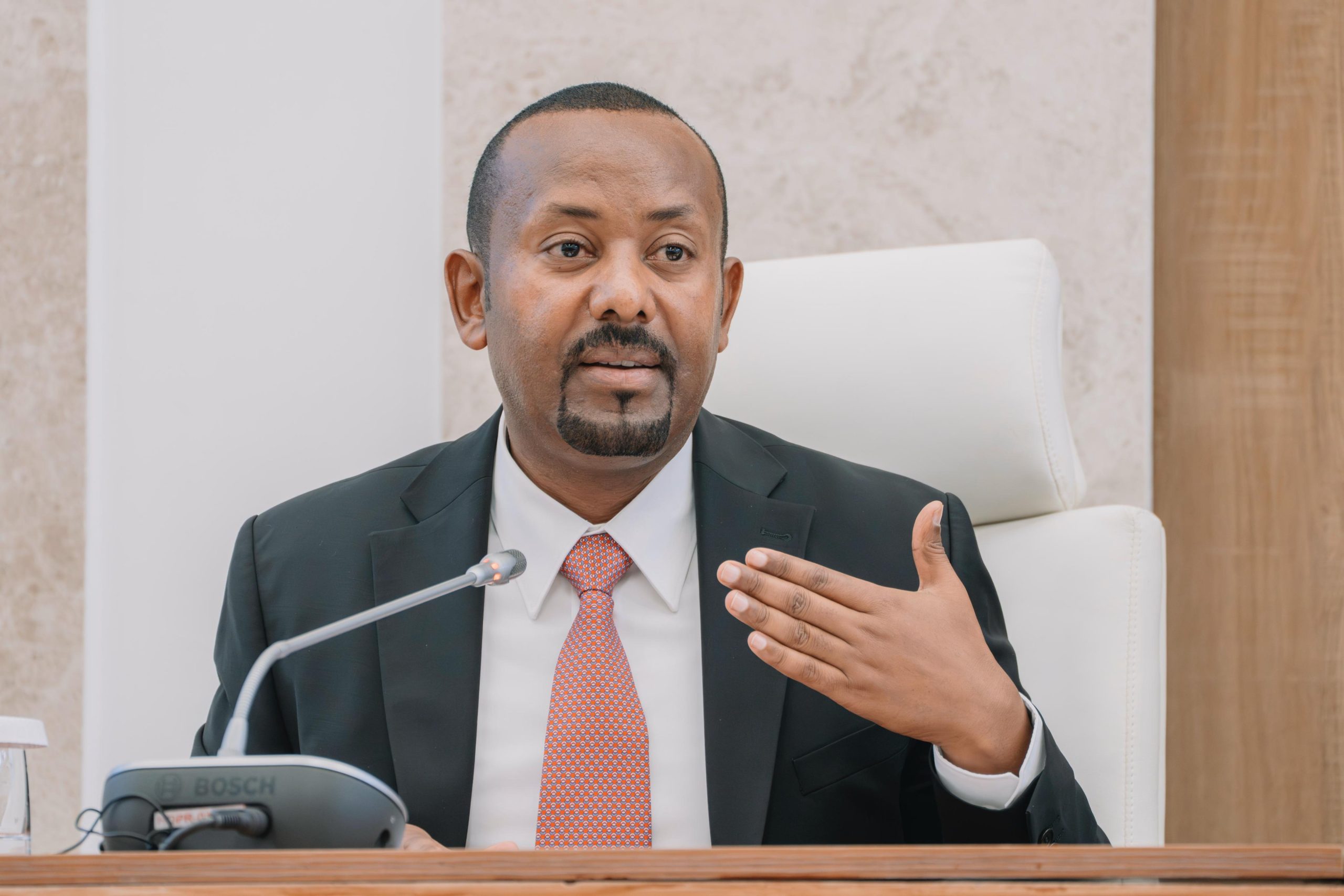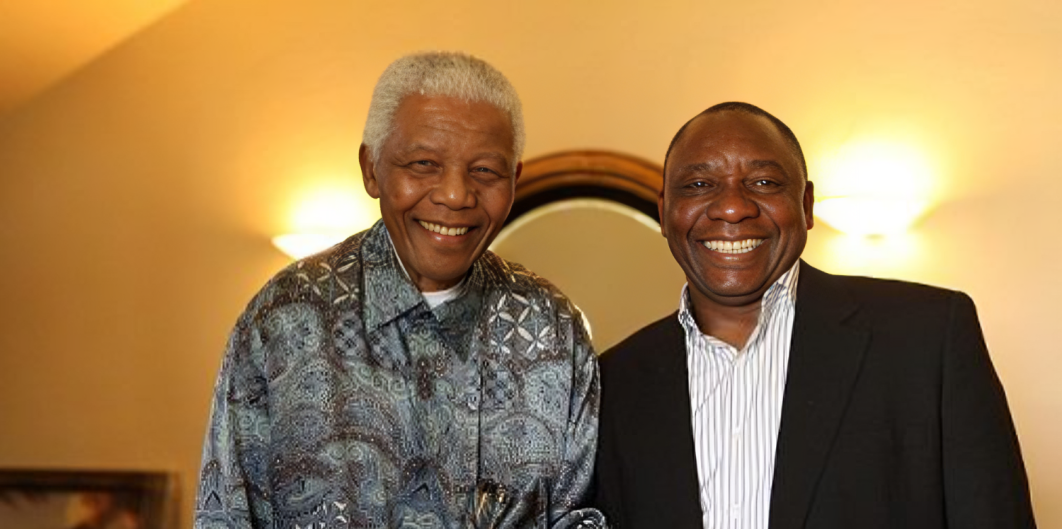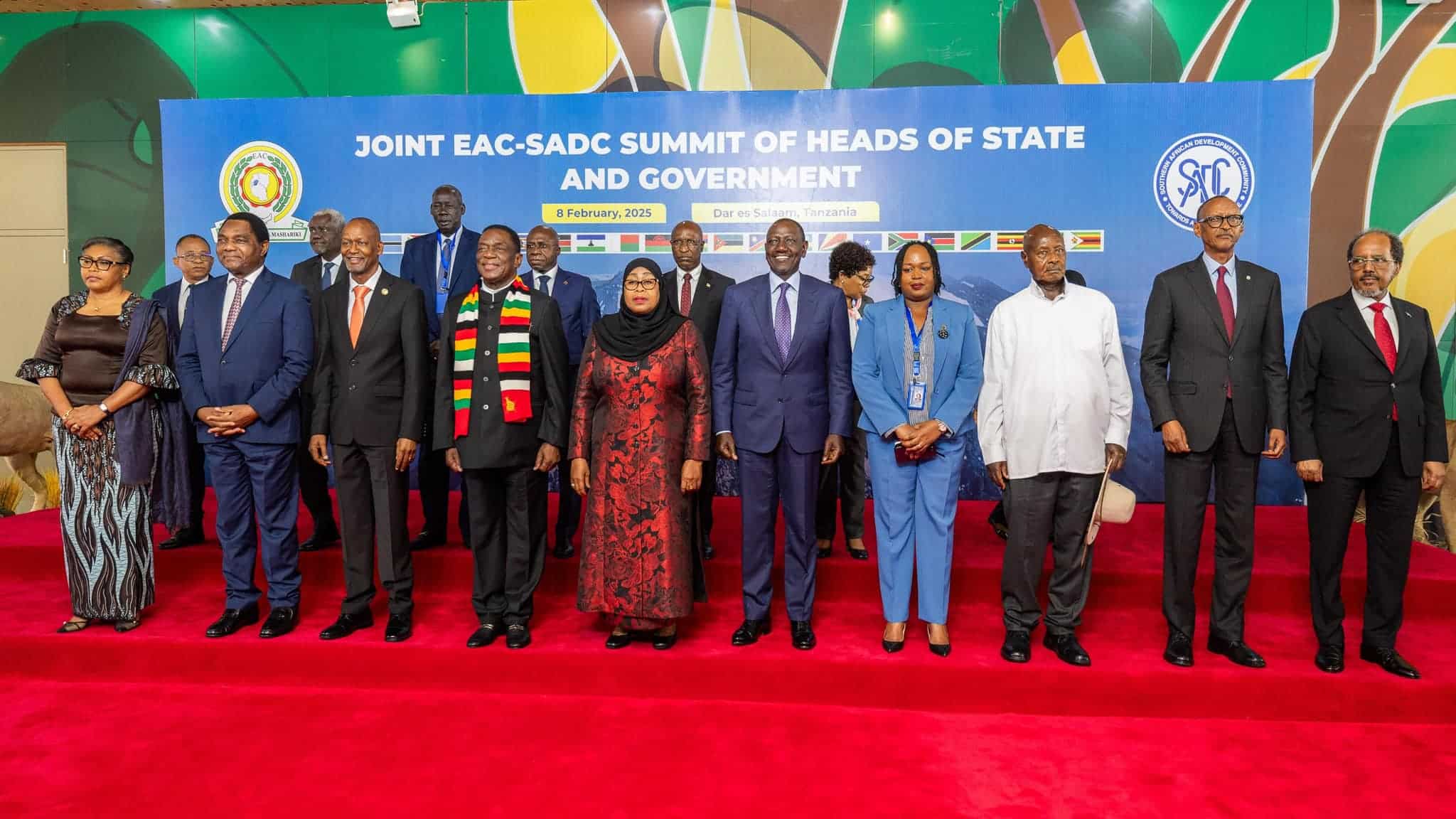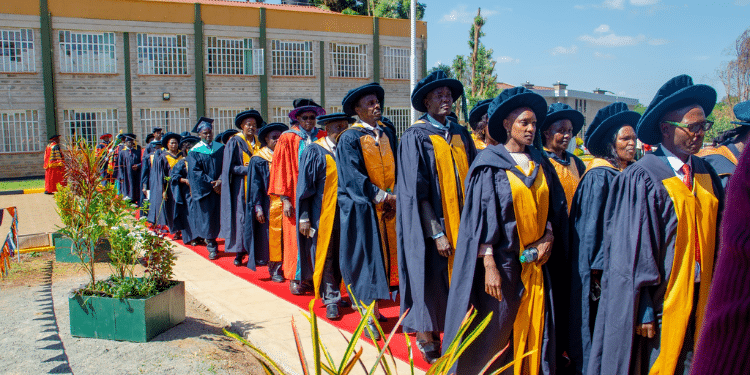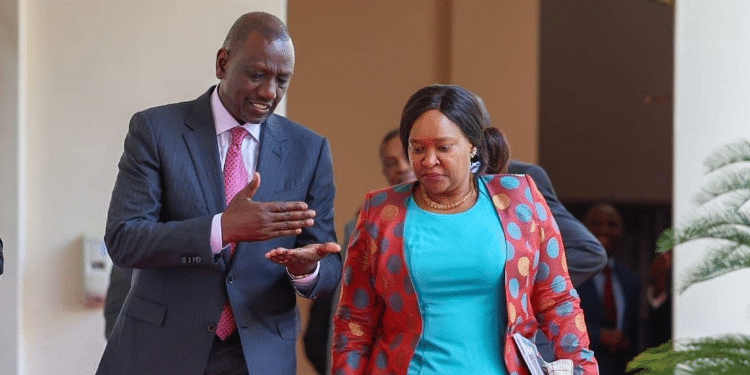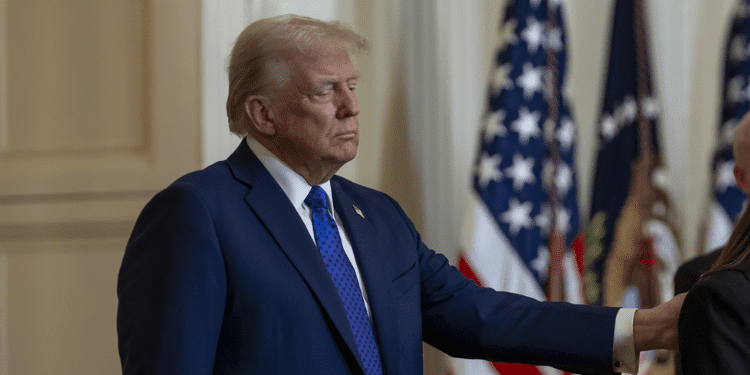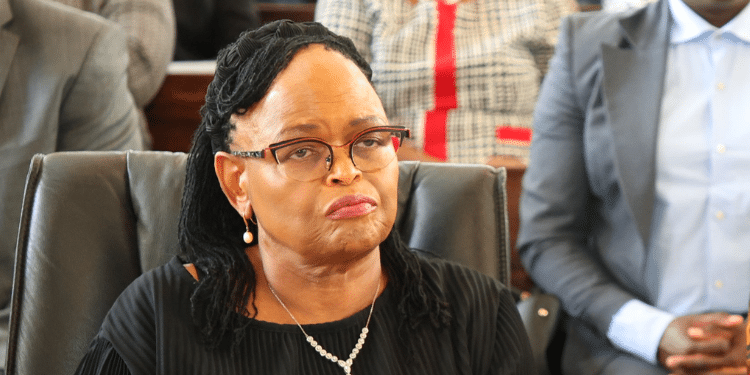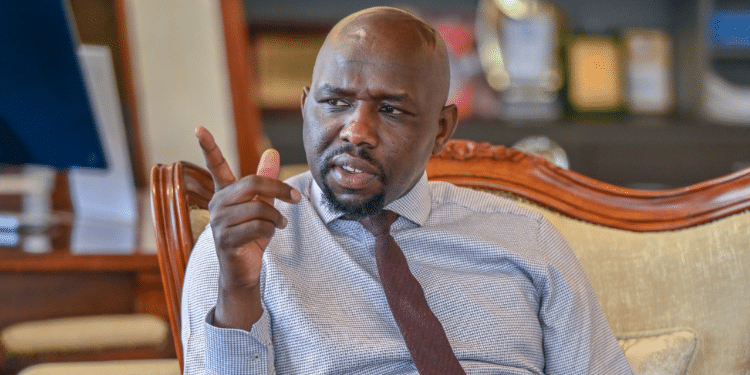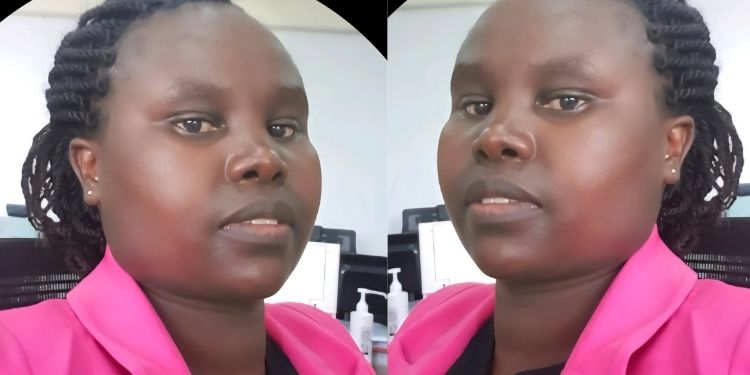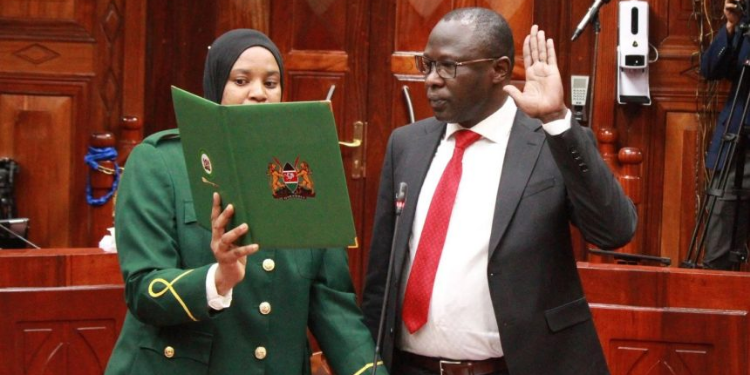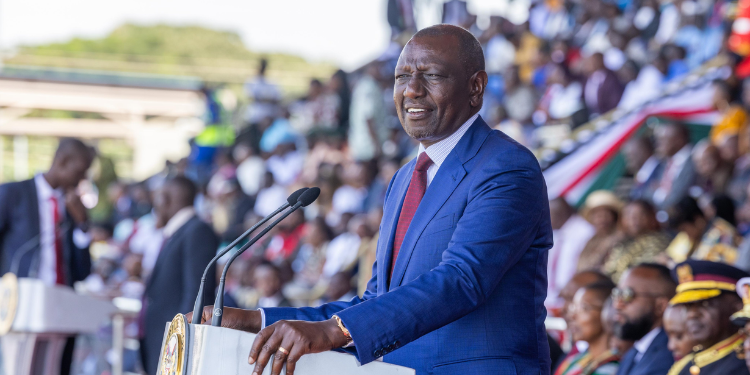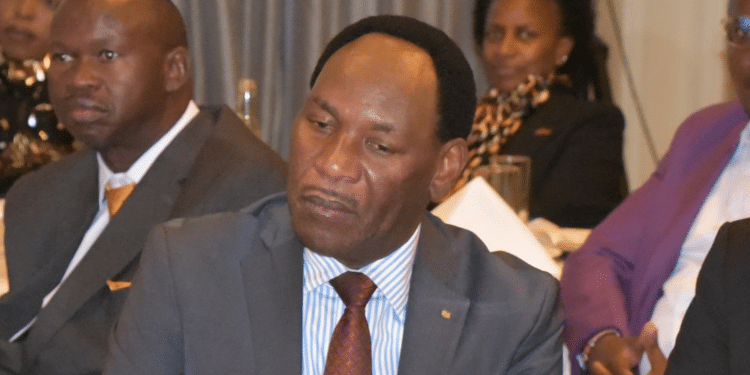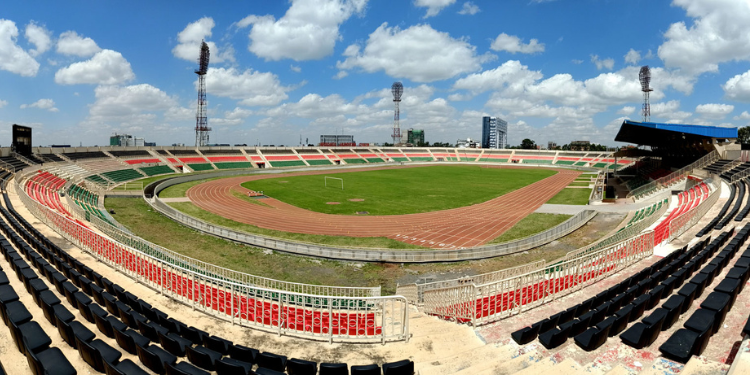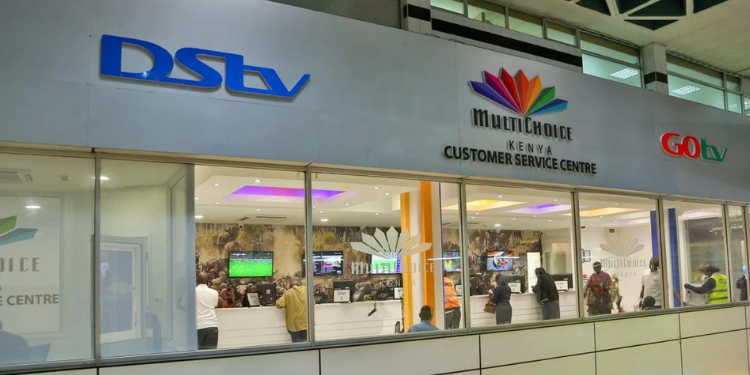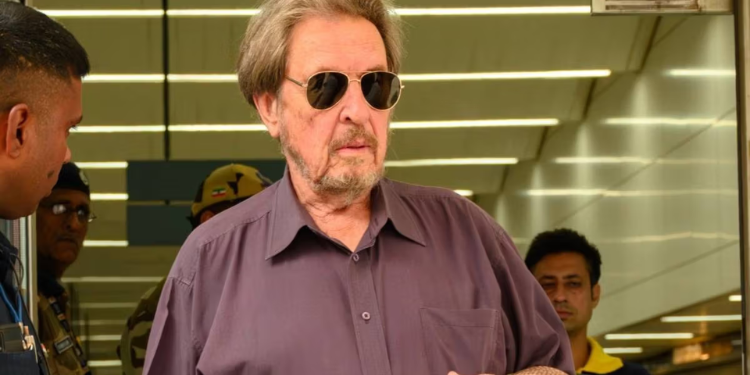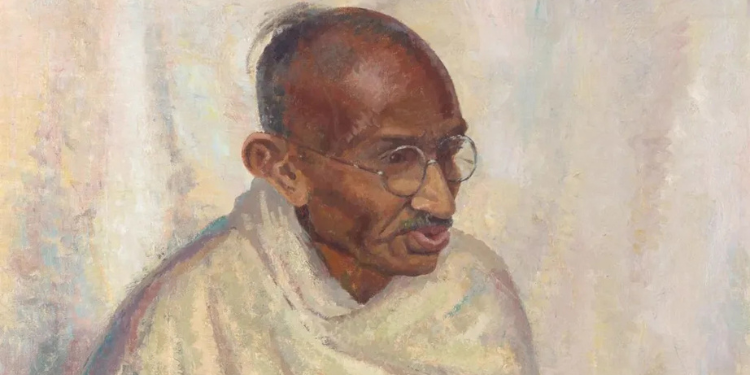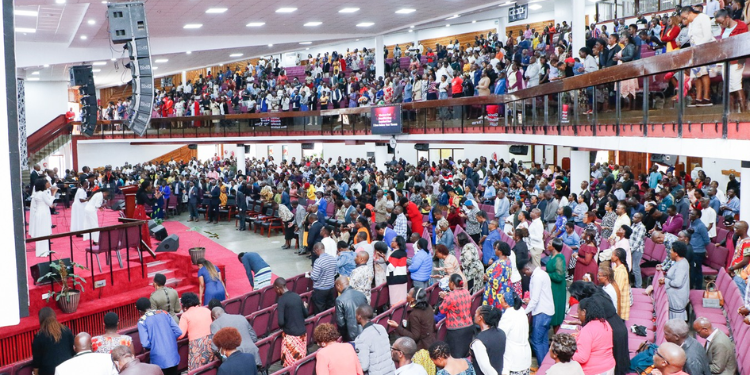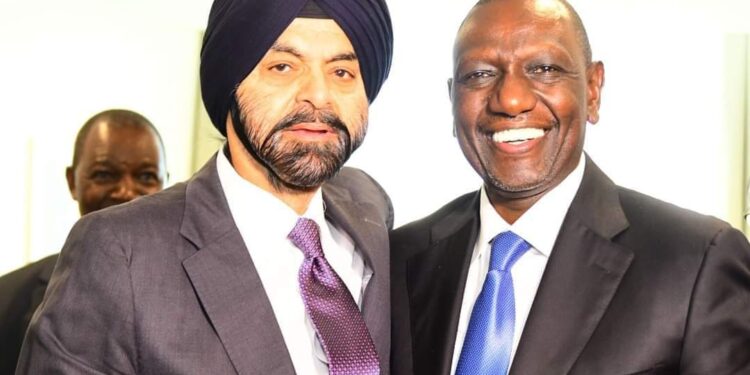VUCA Environment Since 1990: The United Nations used 1990 as the baseline year for calculating achievement of Millenium Development Goals (15 years between 2000 and 2015). The frequency and magnitude of VUCA (Volatile, Uncertain, Complex, Ambiguous) global shocks have increased. HIV/AAIDS has killed over 42.3 million people since 1981. Iraq invaded Kuwait to mark the start of the Gulf War. The World Bank and the International Monetary Fund – IMF pushed Structural Adjustment Programs in the 1990s.The Asian Financial Crisis began in Thailand in 1997. In 2001, the Dot.Com internet bubble burst. The 2007-2010 sub-prime mortgage crisis triggered the Global Financial Crisis and Great Recession. Covid19 wrote the Great Lockdown. The Russia-Ukraine war left the world with high inflation, interest rates and local currency depreciation. President Donald Trump defunded USAID, WHO, IMF and activated start of April 2025 liberation day global tariffs trade wars.
Sustainable Development & Eight Millenium Development Goals (MDGs) – 2000 – 2015
Our Common Future (1987 Brundtland Report) defined sustainable development as, ‘development that meets the needs of the present without compromising the ability of future generations to meet their own needs’.
The United Nations Millenium Declaration of September 2000 was transformed into 8 MDGs. The 2030 Agenda for Sustainable Development in 2015 created the 17 UN Sustainable Development Goals (SDGs).
World Bank data on Goal 1 on eradicating extreme poverty and hunger shows Kenya’s GNI per capita rose from $380 in 1990 to $1,310 in 2015 while poverty headcount ratio at $1.9 per day reached 36.8.
The achievement of universal primary education as per Goal 2 saw primary school completion rise to 101.5 percent. Promotion of gender equality and empowering women is Goal 3.
The mortality rate, under 5 (per 1,000 live births) fell from 103.7 to 48.7 as per Goal 4 on child mortality reduction.
Improving maternal health in Goal 5 saw maternal mortality ratio (per 100,000 live births) fall from 687 to 510.
Combating HIV/AIDS and other diseases of Goal 6 saw antiretroviral therapy coverage of people living with HIV rise to 61 percent by 2015.
Environmental sustainability’s Goal 7 saw forest area percent drop from 8.3 to 7.8. Global Partnerships Goal 8 recorded trade (percent of GDP) contracted from 57 to 44.
Debt service percentage of exports and primary income improved from 28 to 7. Mobile cellular subscriptions (per 100 people) reached 80 while internet users reached 16.6.
SDG Transformation Centre Data – Kenya’s SDGs 2015-2030 Progress – SDG 1- SDG 4
Ten SDGs are in the red confronting major challenges (1, 2, 3, 6, 7, 9, 11, 14, 15, 16). Five face significant challenges (4,5,8, 10,17). Two (12,13) have been achieved. SDG 1 poverty headcount ratio at $3.65/day (percent) in 2024 reached 37.5. SDG 2 prevalence of undernourishment was 27.8.
Cereal yield (tons per harvested land) stagnated at 1.4.SDG 3 maternal mortality rate (per 100,000 live births) was high at 530.
Mortality rate, under-5 (per 1,000 live births) reached 41. Life expectancy at birth (years) is low at 61.3.
Universal Health Coverage service coverage index floundered at 53 percent. SDG 4 on quality education had net primary enrollment rate (percent) of 83.4.
Also Read: Ruto’s Govt Slashes Cancer Treatment Cost by Ksh 80,000
Lower secondary completion rate (percent) of 81.5. Literacy rate (percent of population aged 15 – 24) stood at 89.
SDG 5- SDG 8
Gender equality SDG 5 had ratio of female-to-male mean years of education received (percent) at 85.2. Seats held by women in parliament (percent) is low at 23.3.
Clean water and sanitation SDG 6 had population using at least basic drinking water services (percent) or using at least basic sanitation services (percent) are low at 62.9 and 36.5 respectively.
Affordable and clean energy SDG 7 had population with access to electricity (percent) moderate at 76.5.
Population with access to clean fuels and technology for cooking (percent) is very low at 23.9.
Decent work and economic growth SDG 8 had adults with bank or mobile account growing to 79.2. Unemployment rate (percent of labor force ages 15+) is high at 5.5.
SDG 9- SDG 12
Industry, innovation and infrastructure SDG 9 had rural population with access to all-season roads (percent) improving to 87. Population using the internet (percent) was low at 40.8 while mobile broadband reached 59.
Research and development expenditure (GDP percent) is negligible at 0.41. Reduced inequalities SDG 10 had high Gini income inequality of 38.7. Palma ratio shows the richest 10 percent control 1.7 times of GNI than the poorest 40 percent.
Sustainable cities and communities SDG 11 had proportion of urban population living in slums (percent) high at 50.8.
Population with convenient access to public transport in cities (percent) is low at 51.1. Responsible consumption and production SDG 12 was achieved.
SDG 13- SDG 17
Climate action SDG 13 was achieved. Life below water SDG 14 had low mean area that is protected in marine sites important to biodiversity (percent) at 40.5 and ocean health index: clean water score at 44.8 percent.
Life on land SDG 15 had low mean area that is protected in terrestrial sites important to biodiversity (percent) at 34.6.
Peace, justice and strong institutions SDG16 had Corruption Perceptions Index (worst 0-100 best) high at 31. Access to and affordability of justice (worst 0–1 best) was low at 0.47.
Partnerships for goals SDG 17 saw low government spending on health and education (GDP percent) at 6.3.
Measures to Quicken Kenya’s Achievement of SDGs by 2030
Reform taxation to raise GOK’s SDGs finance. Build capacity and spread awareness by GOK, firms and households.
Enable private sector adoption of SDGs adoption in their strategies. Scale Public Private Partnerships (PPPs).
Industrial nations allocate one percent of GDP to Official Development Assistance grants. Restructure of the SDR for cheap World Bank and IMF SDG funds.
Expand fiscal space for social and CAPEX expenditures via public debt relief and liability management.
Innovate financial instruments like bended finance and bonds (social, blue, green, ESG, sustainability). Leapfrog using Digital Public Infrastructure (DPI) innovations. Deepen capital markets percent of GDP.
Follow our WhatsApp Channel and X Account for real-time news updates.




